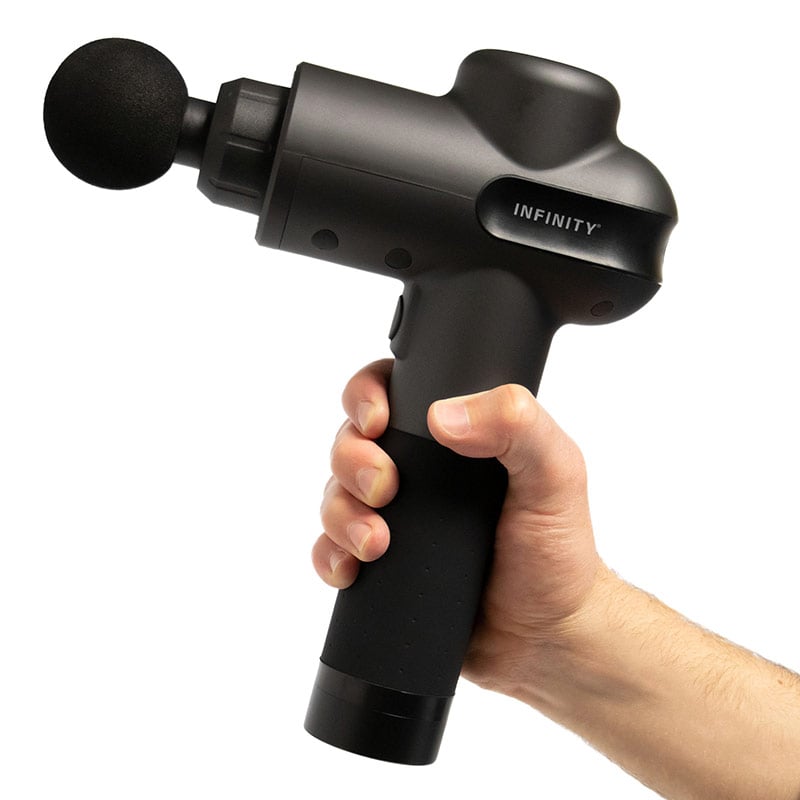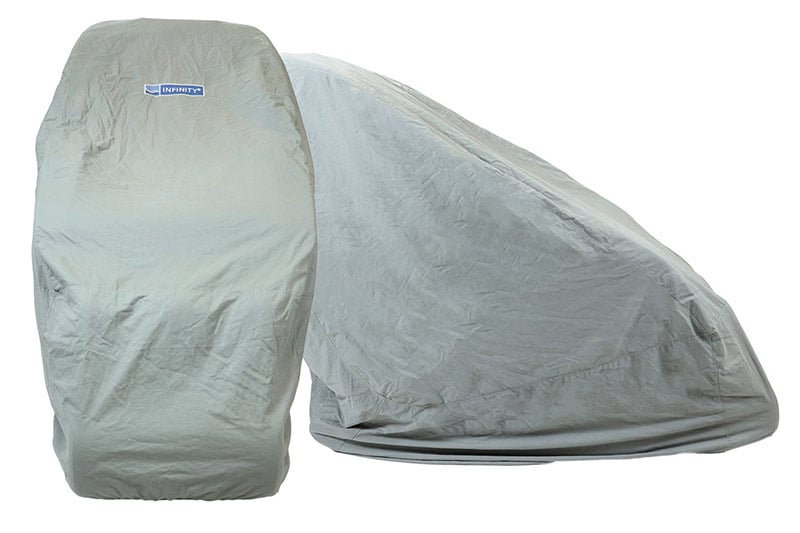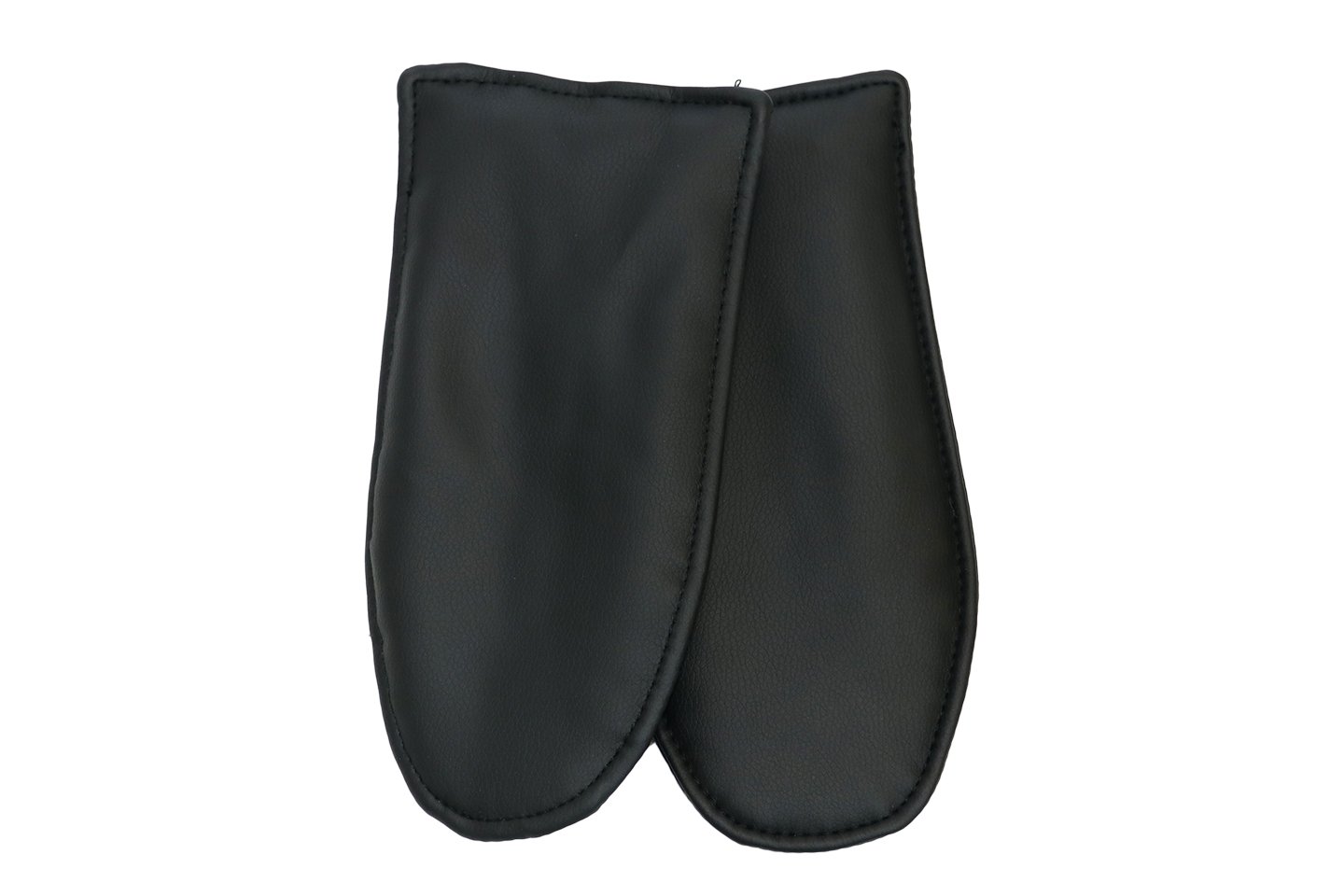Massaging Emotions to the Surface

Have you ever cried or had the urge to cry during a massage? You are not alone, and this is certainly not an unusual reaction to massage therapy.
Emotions Take a Toll on the Body
Touch is a powerful thing. Every time we are touched, we experience some kind of emotions, which in turn are stored in our mind and in our body tissue. We store positive emotions like joy and pleasure, as well as negative emotions like anger and stress. Stored negative emotions often lead to bad posture and aches and pains; good emotions, on the other hand, lead to healthy, functioning muscles and joints. The effort it takes to tuck away experiences or negative feelings we’d rather forget can cause fatigue and painful tension.
The negative emotions are often the culprit in emotion-generated ailments like tension and pain. We don’t welcome feelings like sadness, anger, or resentment because we feel them deeply and they hurt. Thus, we sometimes suppress these feelings and experiences to stop the pain from intensifying or spreading. Not dealing with these painful emotions and allowing them to be released often leads to imbalances in the body.
Crying During a Massage: It’s Therapeutic
During a massage, the muscles and tissues experience an emotional release just as they experience a release of physical tension. This emotional release can manifest in several ways: a sigh, laughter, muscle twitching, or even tears. These emotional responses are common during massage therapy.
Crying during a massage can be caused by high levels of stress, which are released during your massage; or even touch to a part of the body where you’ve stored the memory of emotional or physical trauma.
This is often a natural and beneficial part of the massage process, as your body is able to let go of something it’s been holding onto in the form of pain or tension. Welcome the release and you’ll realize the positive effects it has on your body.
Tell us in the comments if you’ve ever cried during a massage, whether in a therapy room or in your massage chair, and if you felt improved afterward!
Resources:
Vanderbilt, S. (2002). What am I Feeling? || Massage Therapy Articles. Retrieved September 23, 2015.
Upledger, J. (2008, June 1). Releasing Emotions Trapped in the Tissues. Retrieved September 23, 2015.















